





0
Last week, trade tensions between the US and China eased somewhat after Trump and Li Qiang reached an agreement on several trade issues. The US agreed to reduce tariffs on fentanyl from 20% to 10% and postponed investigations into China's shipbuilding industry and the implementation of the Phase One trade agreement. In return, China postponed rare earth export controls for at least a year and resumed soybean purchases from the US. The easing of tensions is positive, but further setbacks are expected, although both sides are highly likely to avoid creating further trouble before Trump's visit to China in April.
Last week was a busy week for central banks, with the Federal Reserve cutting interest rates by 25 basis points. While the rate cut was widely anticipated, Powell's hawkish comments at the press conference cast doubt on a December rate cut. He emphasized that despite the government shutdown, current data does not show a further significant cooling in the labor market. The Federal Reserve also announced the end of quantitative tightening, which the market had largely priced in.
In Japan, the Bank of Japan voted 7-2 to keep interest rates unchanged. Prior to the meeting, the market had slightly priced in a rate hike, leading to further weakening of the yen. The market maintains a hawkish outlook on the Bank of Japan, expecting the next rate hike in December, provided that wage and spending data improve.
In Europe, the European Central Bank, as expected, decided to keep its key policy rates unchanged, with the deposit facility rate remaining at 2.00%. The market reaction was muted. The market is currently pricing in a 1 basis point rate cut this year. Furthermore, Eurozone third-quarter GDP data showed that economic activity grew by 0.2% quarter-on-quarter, higher than the consensus expectation of 0.1%, compared to 0.1% growth in the second quarter.
Last Week's Market Performance Recap:
U.S. stocks closed higher last week, driven by better-than-expected quarterly earnings from tech giant Amazon. U.S. stocks performed strongly overall this week and in October. The S&P 500 rose 0.7% this week, while the Nasdaq and Dow Jones Industrial Average climbed 2.2% and 0.8%, respectively. In October, historically a month of high volatility, the S&P 500 rose 2.3% for the month, the Nasdaq surged 4.7%, and the Dow Jones Industrial Average rose 2.5%, marking its first six-month winning streak since 2018. At Friday's close, all three major indices were higher: the Nasdaq Composite closed at 23,724.96; the S&P 500 closed at 6,840.20; and the Dow Jones Industrial Average closed at 47,562.87.
Gold prices hovered around $4,000.00 per ounce on Friday, marking their second consecutive weekly decline, pressured by waning expectations of a Federal Reserve rate cut and the U.S.-China trade agreement. Meanwhile, Federal Reserve Chairman Jerome Powell indicated uncertainty about another rate cut in December, keeping the dollar at a three-month high and making gold more expensive for foreign buyers. Despite this, the metal has maintained its monthly gains and is up about 50% this year, supported by strong central bank demand.
Last week, silver prices hovered around $48,800 per ounce and are poised for a slight gain this week as increased market volatility fuels demand for safe-haven assets. Meanwhile, silver leasing rates in London have fallen from record highs, indicating improved market liquidity. Earlier this month, silver experienced a short-term squeeze and liquidity crisis in London, reaching a record high before retreating due to profit-taking.
Last week, the dollar index rose to 99.82, a 2% monthly gain, its best performance since July, driven by differing monetary policy expectations. It is strengthening in anticipation of faster economic growth next year. From a positioning perspective, it is clear that investors—at least in terms of actual funds—have reached the limit in their short positions, so I believe it is difficult to short the dollar now.
With inflation slowing and the probability of interest rate cuts rising, the downside risks to the US dollar index are accumulating. Although technically the index may still rebound above 99.00, short-term market sentiment is bearish—unless the Federal Reserve releases a hawkish signal at next week's meeting, this bearish outlook is unlikely to change.
The broad-based rise in the US dollar has also put pressure on other major currencies. The euro fell 0.37% to $1.1522, down 1.8% this month. This followed the European Central Bank's decision on Thursday to keep interest rates unchanged at 2% for the third consecutive meeting, reiterating that policy is in a "good position." ECB Governing Council member Villeroy de Gallo said on Friday that the central bank must remain open to interest rate actions at upcoming meetings to address various risks, including those from financial markets. The yen recorded a significant monthly decline against the dollar in trading before the end of last week, closing near 154.00. This move was mainly due to the Bank of Japan's more dovish stance on future interest rate hikes than the market expected, disappointing traders. Meanwhile, recent statements from Federal Reserve officials have dampened market expectations of a December rate cut, contributing to a stronger dollar and putting pressure on the yen.
The pound fell to $1.3132, its lowest level since April 14, mainly due to increased political pressure surrounding UK Chancellor Reeves. The pound is expected to fall 2.3% this month. Market concerns that Reeves' November budget could negatively impact businesses, households, and overall economic activity, coupled with rising trader expectations of a Bank of England rate cut, have fueled speculation. The Australian dollar fell to around $0.6545, but still rose for the third consecutive week, as strong inflationary pressures fueled bets that the central bank would keep rates unchanged next week. At the same time, a generally stronger dollar put pressure on the Australian dollar, as hawkish comments from Federal Reserve Chairman Powell suggested a December rate cut was not inevitable.
Last week, international oil prices experienced significant volatility: prices surged after media reports that the US military might launch airstrikes on Venezuela within hours, but the market quickly gave back its gains after US President Trump denied the reports on social media. Brent crude futures rose 6 cents to $65.06 a barrel, a gain of 0.09%; U.S. crude (WTI) settled at $60.70 a barrel, down 0.97% for the week.
Bitcoin continued its decline last week, falling below $110,000 before the weekend, as macroeconomic headwinds continued to pressure risk assets. Hawkish rhetoric from the Federal Reserve and the seemingly positive outcome of the meeting between U.S. President Donald Trump and Chinese leader Xi Jinping kept investors nervous. Meanwhile, U.S.-listed Bitcoin exchange-traded funds (ETFs) saw outflows of more than $600 million per week, indicating weakening institutional demand.
The yield on the 10-year U.S. Treasury note hovered around 4.1% on Friday, after rising for three consecutive trading days, pushing the benchmark yield to a three-week high, supported by a more hawkish tone from the Federal Reserve. The 10-year U.S. Treasury yield rose slightly to 4.1%. The 30-year U.S. Treasury yield rose 1 basis point to 4.67%. The two-year U.S. Treasury yield fell 1 basis point to 3.59%. Meanwhile, the Federal Reserve announced that its balance sheet reduction will end in early December. The central bank will roll over all maturing Treasury bonds and reinvest mortgage-backed securities (MBS) back into Treasury bonds, aiming to ease recent tensions in the overnight money market.
Market Outlook for This Week:
This week (November 3-7): This will be a crucial trading week packed with data, including manufacturing and service sector PMIs from multiple countries, central bank interest rate decisions, and the highly anticipated ADP employment data. This will be compounded by trade balance and consumer confidence data from core economies such as the US, China, and the EU, along with numerous statements from Federal Reserve officials.
The market needs to seize opportunities and mitigate risks amidst data signals and policy expectations—each data point and event can potentially influence short-term movements in the stock, currency, and commodity markets. Investors need to analyze the underlying logic and prepare accordingly.
Regarding risks this week:
Risk Warning: Data divergence, policy shifts, and geopolitical variables require close attention.
In addition to core data and central bank events, the market needs to be wary of three potential risks this week to avoid losses due to unexpected changes.
Data divergence and unexpected risks: Manufacturing and service sector PMIs in several countries may diverge, or ADP employment data may significantly deviate from subsequent labor market signals (such as initial jobless claims). Such contradictory signals could trigger fluctuating market expectations, leading to sharp short-term fluctuations in the stock and currency markets.
While the Reserve Bank of Australia is expected to maintain interest rates, a higher-than-expected Q3 CPI may prompt a hawkish stance, unexpectedly mentioning a possible rate hike. If the Bank of England hints at an earlier rate cut in its policy decision due to lower-than-expected CPI, it could trigger a sharp drop in the pound. Disagreements among the five Federal Reserve voting members regarding the December decision will exacerbate market confusion and thus affect the dollar and gold prices.
Geopolitical and liquidity variables: Escalation of the Russia-Ukraine conflict and the Israeli-Palestinian conflict could trigger increased risk aversion, pushing up safe-haven assets such as gold and the dollar, while suppressing global risk assets. Meanwhile, unexpected increases or decreases in EIA crude oil inventories could cause daily fluctuations in international oil prices.
The Federal Reserve's rate cut and easing US-China trade tensions triggered a major shift in investor sentiment.
The Federal Reserve announced a 25 basis point rate cut on Wednesday, lowering the policy rate range to 3.75% to 4.00%, primarily due to easing inflationary pressures. However, Fed Chairman Powell also hinted that the possibility of another rate cut at the December meeting remains controversial due to the lack of key economic data caused by the US government shutdown.
Meanwhile, President Trump announced last Thursday that he had reached an agreement with China: the US will reduce tariffs on Chinese imports from 57% to 47% in exchange for China's efforts to combat the illicit fentanyl trade, resume US soybean purchases, and maintain rare earth exports.
These two significant developments jointly fueled optimistic expectations among global investors.
Asian equity funds recorded a net inflow of $7.19 billion this week, the largest weekly inflow since January 2024. The Japanese market led the way, attracting $5.46 billion, demonstrating strong investor confidence in the Japanese economy and corporate profits. In contrast, emerging market equity funds performed strongly, attracting $2.23 billion in inflows in a single week, the largest weekly inflow since September 24.
US equity funds recorded net inflows of $1.81 billion, while European funds received $137 million, maintaining a positive inflow trend in all major global markets.
Conversely, easing risk aversion led to a sell-off in gold and precious metals equity funds, with a net outflow of $1.51 billion in a single week, the largest in nearly two months. Meanwhile, global bond funds continued their strong performance, achieving net inflows for the 28th consecutive week, attracting $11.84 billion in a single week.
Affected by weakened safe-haven demand, gold and precious metals commodity funds experienced net redemptions of $4.17 billion in a single week, the first net outflow in ten weeks. However, emerging market bond funds experienced redemptions of $437 million.
With the Fed's rate-cutting cycle underway, easing US-China trade tensions, and improved global liquidity, risk assets are regaining favor with investors. However, some institutions warn that this wave of capital inflows could face a rapid reversal risk if inflation rebounds or trade negotiations stall.
Investor sentiment is currently cautiously optimistic, but market fragility remains.
Powell Hints at Uncertainty Regarding December Rate Cut; Dollar Index Heading Towards 100?
Last week, the Federal Reserve lowered interest rates to 3.75%-4.00%. At the meeting, Powell hinted at uncertainty regarding a December rate cut. Powell's comments weakened dovish expectations, reducing the probability of a December rate cut from 85% to 71%. Market sentiment shifted sharply to bullish, with the dollar index reaching a near three-month high of 99.71. The dollar index and US Treasuries launched a surprise attack, with non-dollar currencies falling rapidly against the dollar. This may be due to the Fed's warning of ending QT, leading to a rapid sell-off of US Treasuries, and safe-haven funds seeking the dollar as an alternative, causing the dollar index to surge.
Powell warned that a further reduction in policy rates at the December meeting is not a certainty, and is far from it. The rationale was based on internal disagreements within the Federal Reserve and data gaps caused by the ongoing government shutdown. This statement caught traders who had bet on a rate cut off off guard, with the probability of a December rate cut falling from 85% to 71% by the end of last week.
On the other hand, Treasury yields rose in tandem with the dollar. The 10-year Treasury yield rose more than 2 basis points to 4.087%, while the 2-year Treasury yield edged up to 3.612%. This mild steepening of the yield curve suggests that the market is reassessing the magnitude and pace of Fed rate cuts before the end of the year. Traders' confidence in chasing a dovish narrative has diminished—at least for now—due to Powell's hints of uncertainty and internal disagreements within the Federal Open Market Committee.
Looking ahead to this week, the dollar index remains skewed upward, but the path will not be smooth. If yields remain at current levels or rise further, and Powell's cautious stance continues to suppress expectations of a December rate cut, the dollar index's path towards 100.257 remains valid.
Be wary of signs of a bond market reversal, or a Fed official's downplaying of Powell's remarks—this could cause the dollar to fall back to its support level. Currently, bargain hunters are still actively entering the market.
Gold Price Falls Below $4000; US-China Summit a Lifeline?
Spot gold experienced a dramatic rollercoaster ride last week. Driven by safe-haven demand and expectations of a Fed rate cut, gold prices surged nearly 2%, successfully regaining the $4,000 mark. However, the rally was short-lived. While the Fed cut rates by 25 basis points as expected, Fed Chairman Powell's hawkish remarks at the press conference doused the bulls' enthusiasm, causing gold prices to quickly give back all gains and turn lower, only stabilizing briefly before hitting a low of $3,900 per ounce.
Powell's hawkish comments directly ignited the dollar and US Treasury yields. A stronger dollar and soaring US Treasury yields have jointly increased the opportunity cost of holding gold, significantly raising the cost for overseas buyers and putting considerable downward pressure on gold prices.
Last week, the highlight was undoubtedly the meeting between the leaders of China and the US in Seoul, South Korea. If trade negotiations fail to achieve a breakthrough, it may provide short-term safe-haven support for gold prices; conversely, if the negotiations progress optimistically, coupled with a further cooling of expectations for a December rate cut, gold prices may face greater downward pressure.
The gold market is at a crossroads: Powell's hawkish shift, the strengthening of both the dollar and US Treasury bonds, and the complete overshadowing of the "positive" impact of the end of quantitative tightening. If the China-US-South Korea summit fails to bring substantial benefits, and market expectations for a December rate cut continue to cool, gold prices may fall towards the 55-day moving average of $3763 or even lower in the short term. Investors need to closely monitor subsequent statements from Federal Reserve officials, the progress of China-US negotiations, and the decisions of the Bank of Japan and the European Central Bank; any slight development could trigger significant volatility.
Crude oil is at a crossroads! Exploring the Triple Game Behind Crude Oil Price Volatility!
The crude oil market is at a typical crossroads, with multiple forces balancing each other, causing oil prices to fluctuate at a low level around $60.00 per barrel.
Logistics restructuring, rising costs, and potential supply disruptions remain the triple game behind crude oil price volatility, providing a bottom support for prices.
Despite repeated emphasis from senior Indian officials, including Prime Minister Modi, that commodity procurement prioritizes energy security over geopolitics, Indian buyers have begun seeking alternative supply sources under the pressure of the latest sanctions. Even before the latest sanctions took effect, Indian refiners had already begun diversifying their crude oil sourcing in anticipation of potential escalation measures by the Trump administration. However, completely replacing Russian crude oil financially remains a significant challenge.
US President Trump's comprehensive tariff measures will drive up operating costs in the oil and gas industry, disrupt supply chains, and dampen investment momentum by 2026. The energy sector is highly dependent on global supply chains, with internationally sourced materials such as drilling rigs, valves, compressors, and specialty steel being core elements of its operations.
Secondly, the US tariff report indicates that rising costs of these components, as well as other key raw materials such as steel, aluminum, and copper, could lead to a 4% to 40% increase in material and service costs across the entire value chain, potentially squeezing industry profit margins. The US has already imposed tariffs on a variety of imported goods, including 10% to 25% tariffs on crude raw materials not covered by the USMCA, and 50% tariffs on steel, aluminum, and copper. These tariffs could reshape the cost structure of the oil and gas industry and increase uncertainty in raw material procurement.
Finally, as input costs rise and are passed down through the value chain via price adjustments, oil and fuel companies are expected to renegotiate contracts, incorporating price floating and force majeure clauses to share risk and limit exposure to volatility.
The report indicates that the current ongoing disruptions may prompt companies to prioritize supply chain resilience over minimum-cost sourcing, shifting to domestic or duty-free suppliers and utilizing foreign trade zones or tariff reclassification to manage tariffs. This shift is significant given the US's reliance on imports—nearly 40% of oil pipe demand will be met through overseas channels in 2024.
While the recent oil price rebound was driven by a sharp drop in inventories and sanctions, this reflects more of a short-term market sentiment reaction than a fundamental shift in the supply and demand dynamics. Given the potential for continued production increases from OPEC+ and the likelihood of the Federal Reserve maintaining a high-interest-rate cycle, the medium- to long-term trend of oil prices will remain constrained by the dual pressures of slowing global demand and increased supply elasticity.
This Week's Conclusion:
Three Main Themes Determine Market Pace
- Rhetoric Dominates Interest Rate Expectations: A flurry of speeches from Fed officials and ADP employment data will determine whether there is still room for consensus on a further rate cut in December.
- Judicial and Political Risks Disrupt Trading Structures: Supreme Court hearings may cause short-term volatility, and any comments suggesting expanded presidential power could boost risk sentiment.
- Central Bank Divergence and Increased Foreign Exchange Volatility: Australia's "stable," the Bank of England's "risky," and the ECB's "dovish," coupled with expectations of yen intervention, may further widen the volatility of major currency crosses.
Beyond the surface of rate cuts, trade, and positive earnings reports, market focus is shifting from "whether to cut rates" to "how to cut rates," from "truce agreements" to "implementation details," and from "earnings realization" to "valuation rebalancing." The current cycle's main theme is transitioning from liquidity-driven to policy signaling.
In this phase, the US dollar and gold may maintain a seesaw pattern of "one rising while the other falls," while the equity market will face a dual re-verification of interest rates and earnings. Every data point, every speech, and even every legal debate in November was a test of patience and confidence in risky assets.
Overview of Key Overseas Economic Events and Matters This Week:
Monday (November 3): Eurozone October SPGI Manufacturing PMI Final; UK October SPGI Manufacturing PMI Final; US October ISM Manufacturing PMI
Tuesday (November 4): Australia's ANZ Consumer Confidence Index for the week ending November 2; Canada's September Trade Balance (CAD billion); RBA Interest Rate Decision; RBA Governor Bullock's Monetary Policy Press Conference; ECB President Lagarde's Speech
Wednesday (November 5): Australia's October AIG Manufacturing Performance Index; UK October SPGI Services PMI Final; US October ISM Non-Manufacturing PMI; US EIA Crude Oil Inventory Change for the week ending October 31 (in thousands of barrels)
Thursday (November 6): Australia's September Goods and Services Trade Balance (AUD billion); Australia's September Import/Export MoM (%); Eurozone's September Retail Sales MoM (%); The Bank of England will release its interest rate decision, meeting minutes, and monetary policy report.
Friday (November 7th): Switzerland's Q4 Consumer Confidence Index - Seasonally Adjusted; Canada's October Employment Change (thousands); Canada's October Unemployment Rate (%); US November University of Michigan Consumer Sentiment Index (Preliminary).
Disclaimer: The information contained herein (1) is proprietary to BCR and/or its content providers; (2) may not be copied or distributed; (3) is not warranted to be accurate, complete or timely; and, (4) does not constitute advice or a recommendation by BCR or its content providers in respect of the investment in financial instruments. Neither BCR or its content providers are responsible for any damages or losses arising from any use of this information. Past performance is no guarantee of future results.
More Coverage
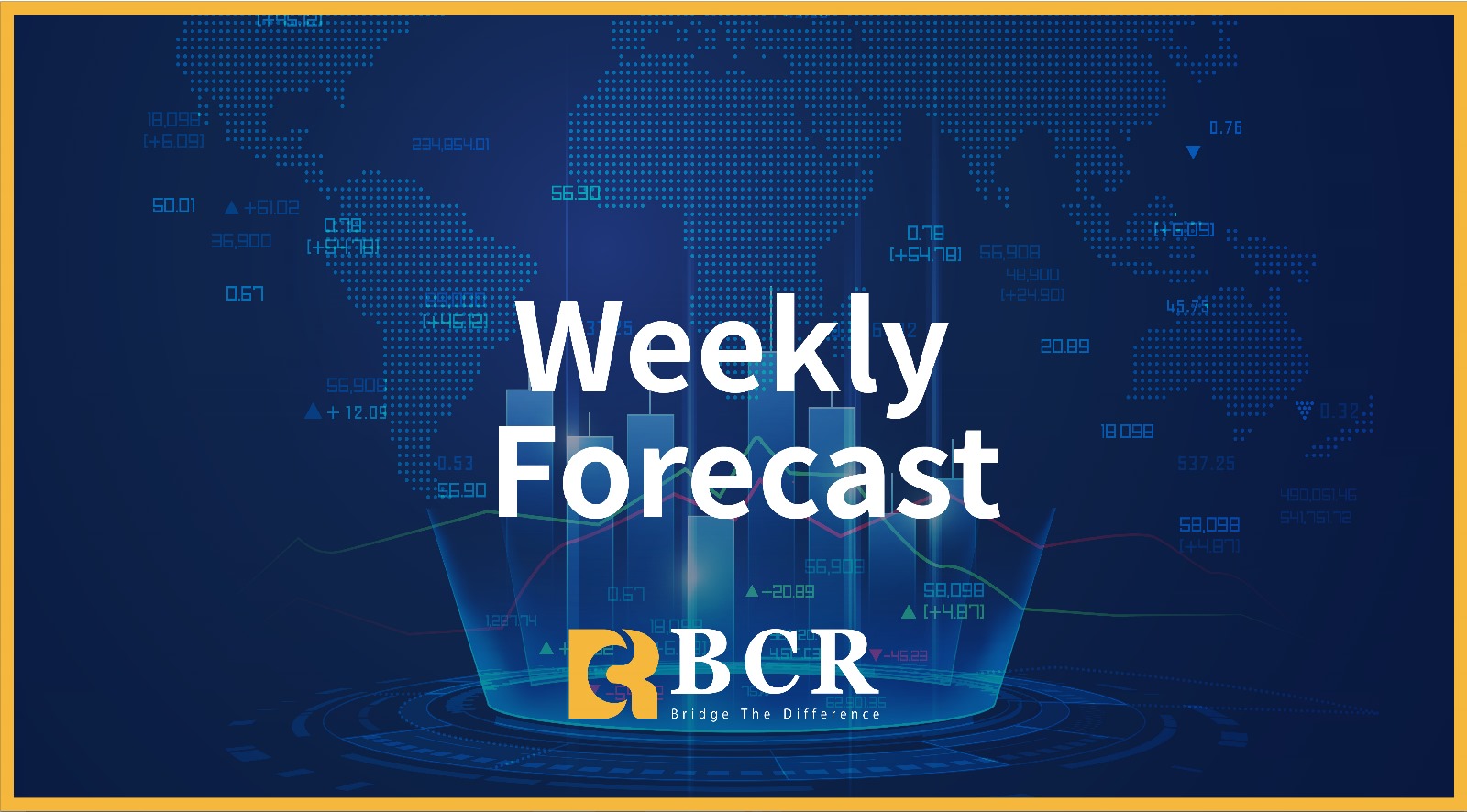
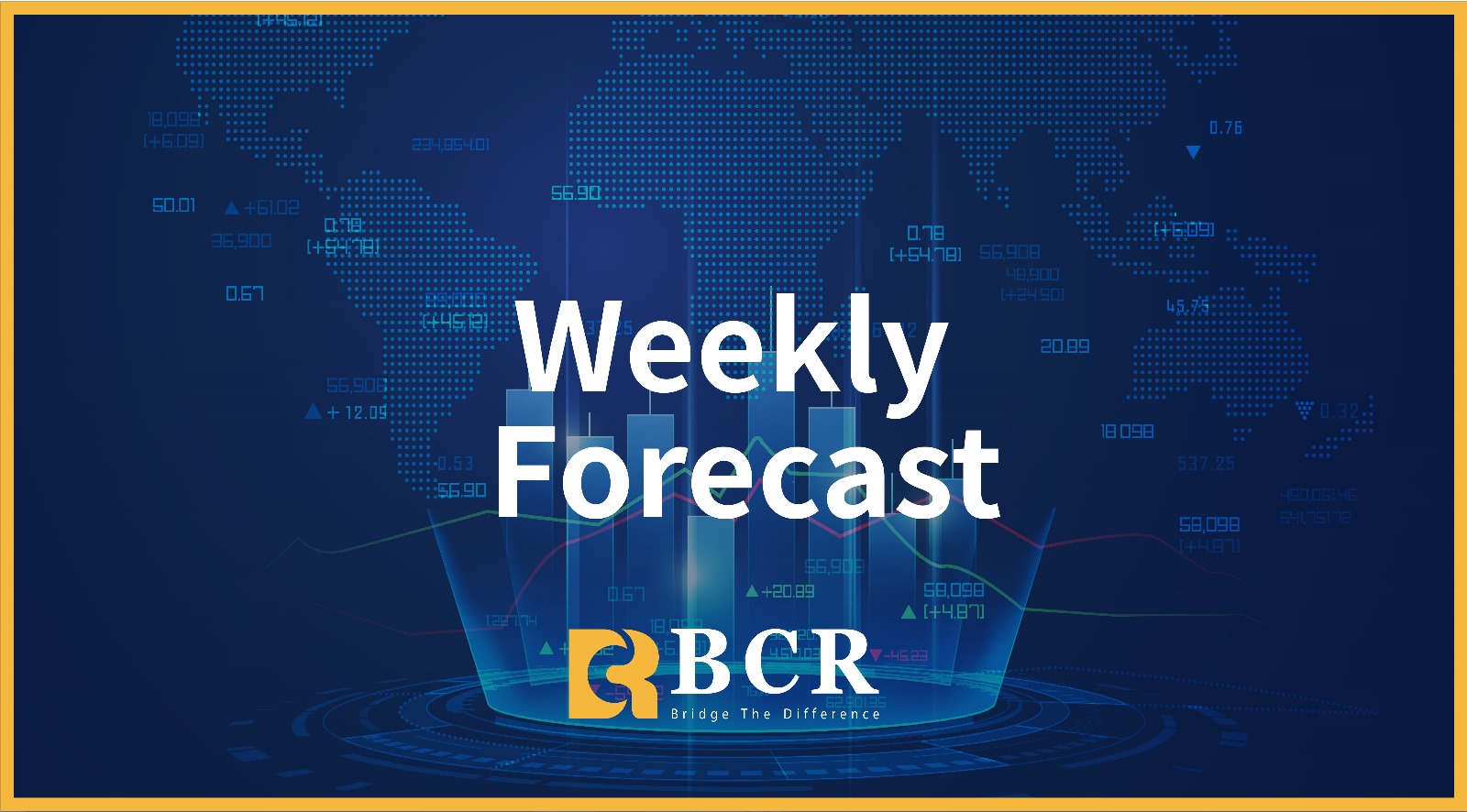
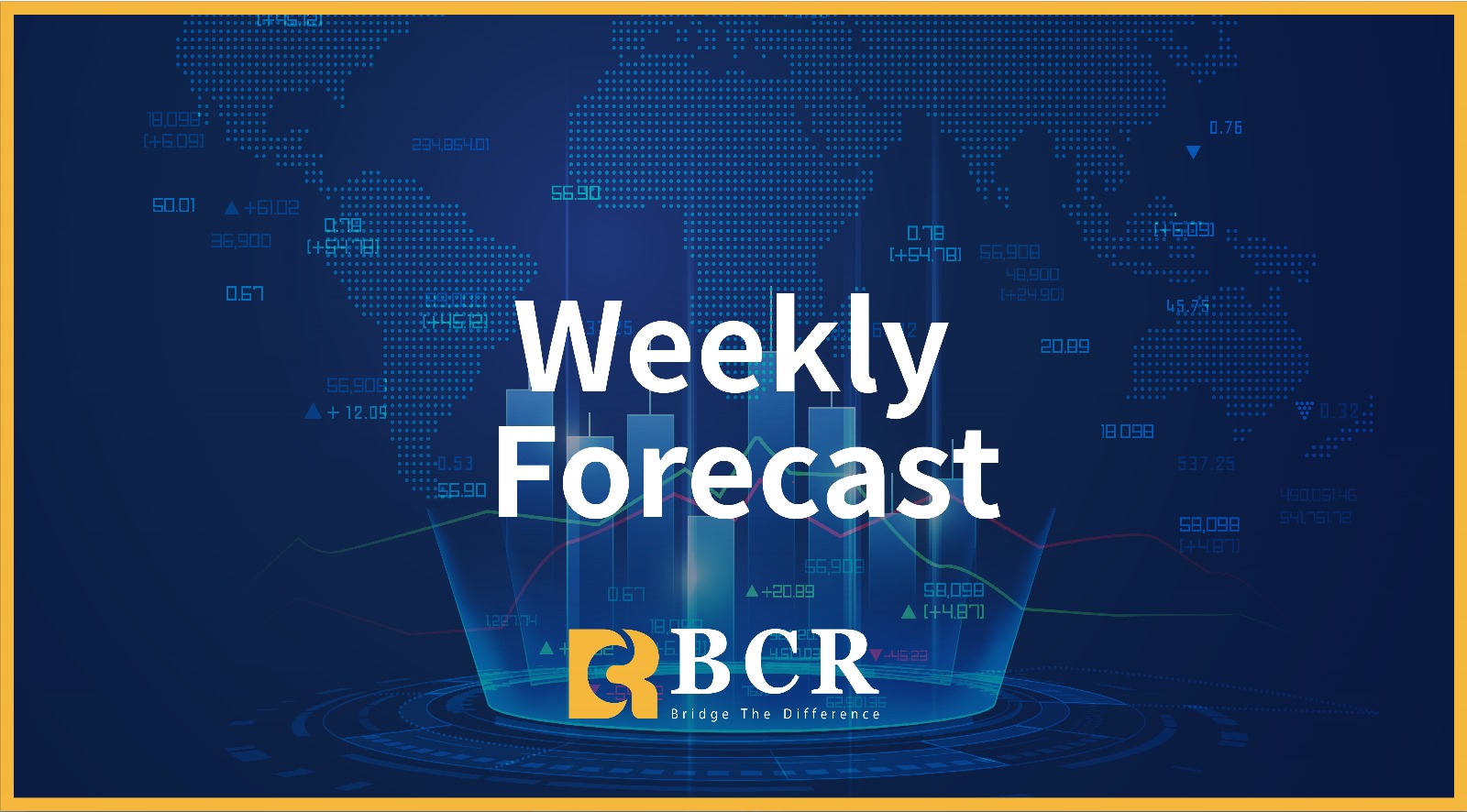
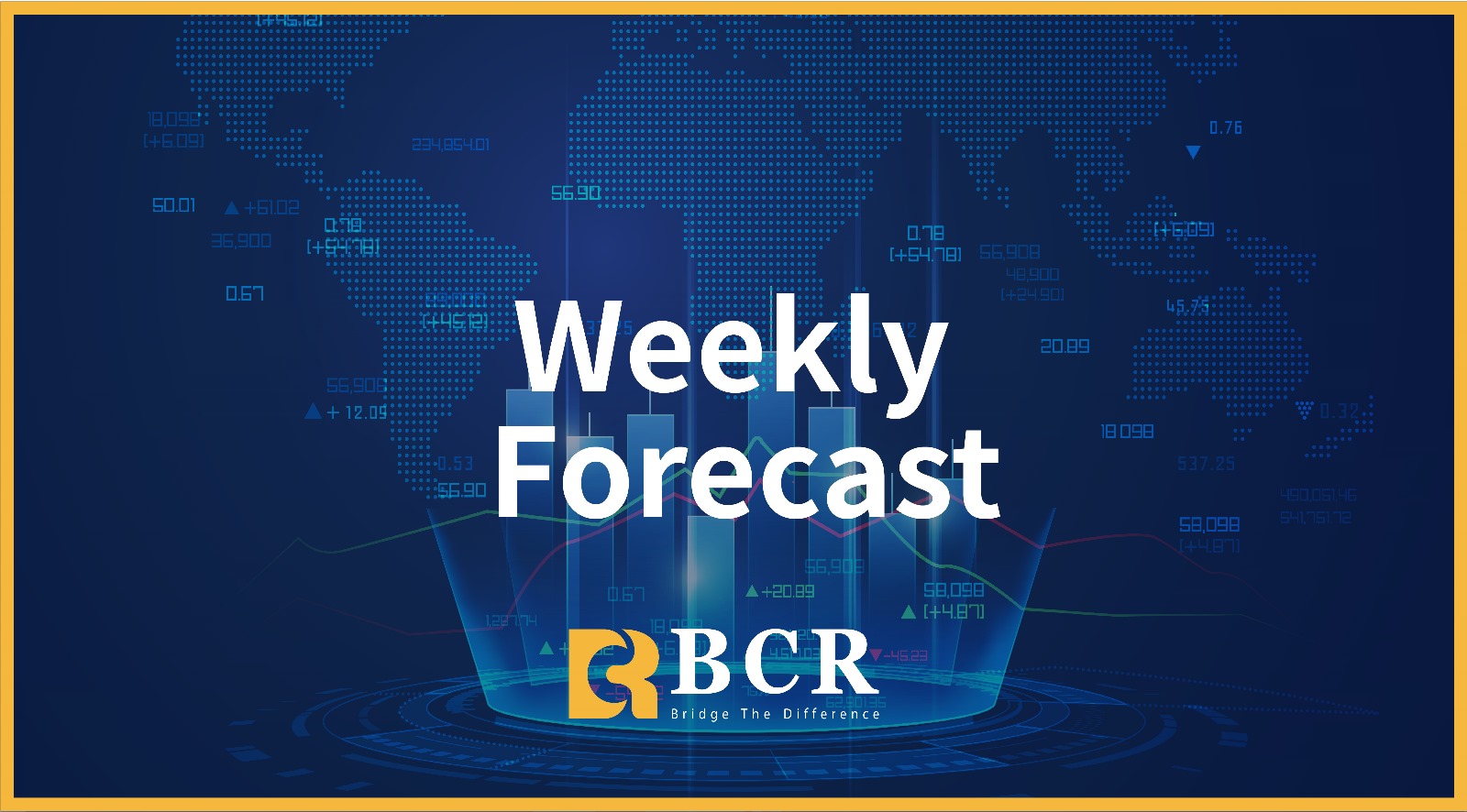
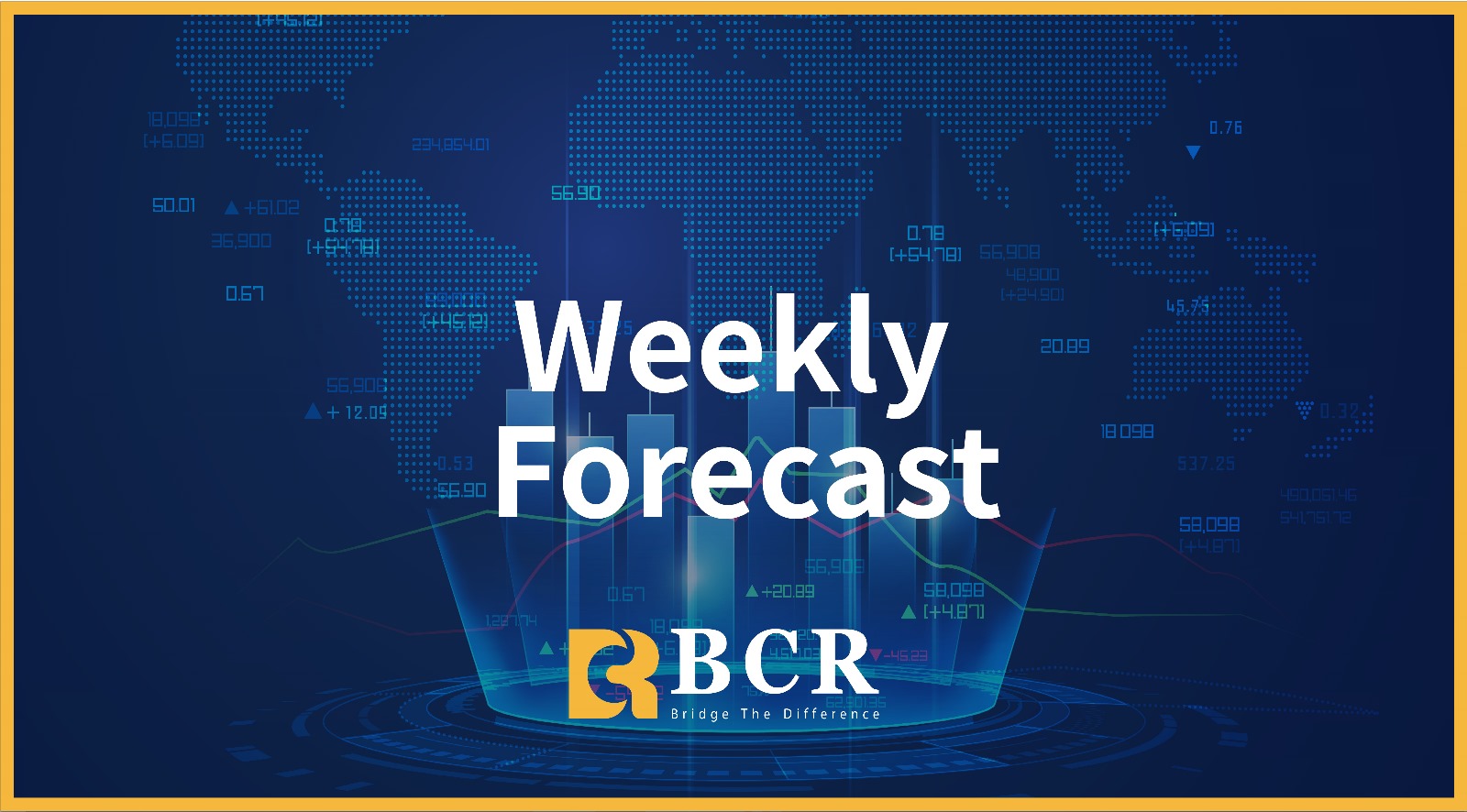
Risk Disclosure:Derivatives are traded over-the-counter on margin, which means they carry a high level of risk and there is a possibility you could lose all of your investment. These products are not suitable for all investors. Please ensure you fully understand the risks and carefully consider your financial situation and trading experience before trading. Seek independent financial advice if necessary before opening an account with BCR.
BCR Co Pty Ltd (Company No. 1975046) is a company incorporated under the laws of the British Virgin Islands, with its registered office at Trident Chambers, Wickham’s Cay 1, Road Town, Tortola, British Virgin Islands, and is licensed and regulated by the British Virgin Islands Financial Services Commission under License No. SIBA/L/19/1122.
Open Bridge Limited (Company No. 16701394) is a company incorporated under the Companies Act 2006 and registered in England and Wales, with its registered address at Kemp House, 160 City Road, London, City Road, London, England, EC1V 2NX. This entity acts solely as a payment processor and does not provide any trading or investment services.